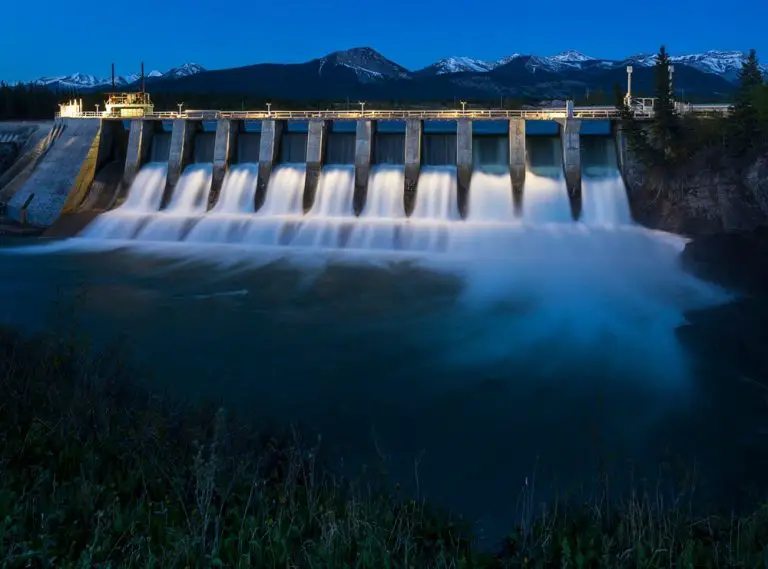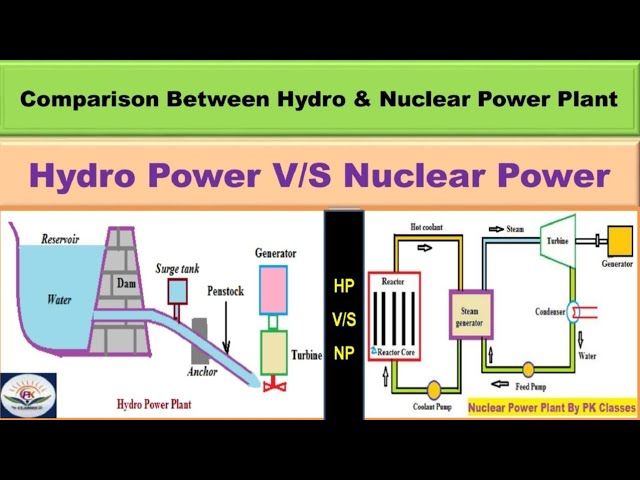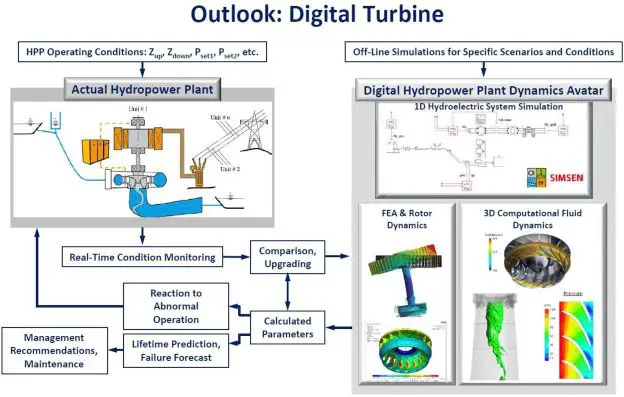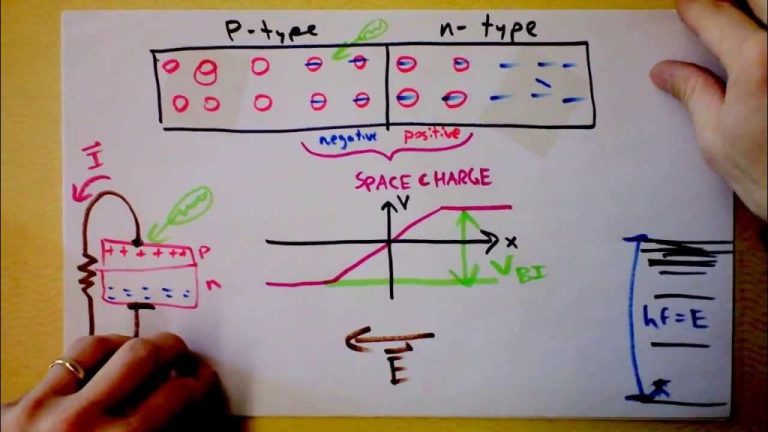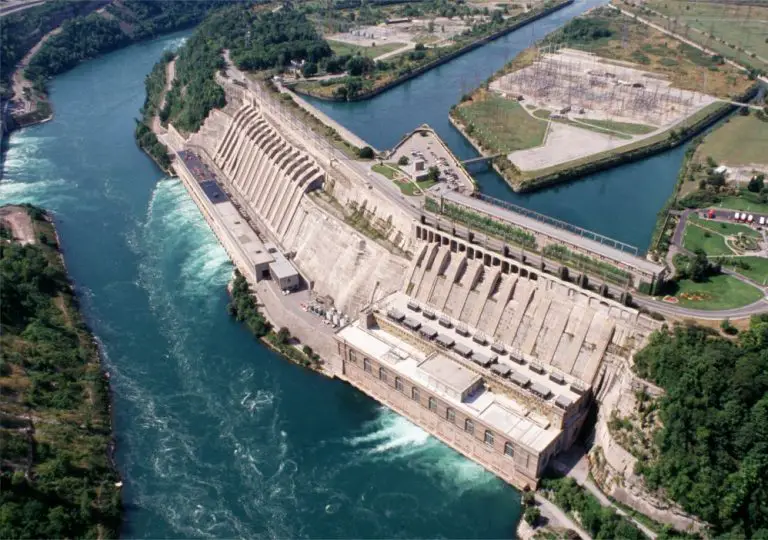Does Hydro Mean Water And Electricity?
The terms “hydro” and “hydroelectricity” are closely related. Hydro comes from the Greek word hydro meaning water. Hydroelectricity refers to the process of generating electrical power using the energy from flowing water. At hydroelectric plants, the force of moving water turns turbines which then spin generators to produce electricity.
The prefix “hydro” is commonly used in words related to water such as hydrology (the study of water) and hydroponics (the process of growing plants in water). When combined with “electricity”, it refers specifically to producing power from water.
Etymology of Hydro
The word “hydro” traces its origins to the Ancient Greek word “hydor,” meaning water. This Greek root word has found its way into many modern words and phrases related to water. For example, “hydrology” is the study of water, “hydrangea” is a flowering plant that thrives in moist environments, and “hydrate” means to supply water or moisture. The word “hydro” is most recognizable in its association with water-powered energy – hydroelectricity. But at its core, whenever we see the prefix “hydro-” in a word, it refers to some relation to water.
Use of Hydro in Hydroelectricity
The term hydroelectricity refers to the process of generating electricity using the power of moving water. The prefix “hydro” in hydroelectricity comes from the Greek word “hydor” meaning water. Hydroelectric power plants convert the kinetic energy from flowing water into mechanical energy by spinning a turbine connected to a generator. The generator then converts this mechanical energy into electrical energy through electromagnetic induction.
The key component that allows hydroelectric plants to generate electricity is the movement of water. Typically, hydroelectric plants are located on rivers where the flow of water can be controlled by dams or along canals with a steep elevation drop. The dams store water in reservoirs and control its release into the turbines to spin them. The greater the volume and vertical drop of the water, the more potential energy it contains to spin the turbines at high speeds and generate more electricity. Overall, hydroelectric power uses the natural power of water in motion to drive electric generators rather than combusting fuels. This makes it a renewable source of energy.
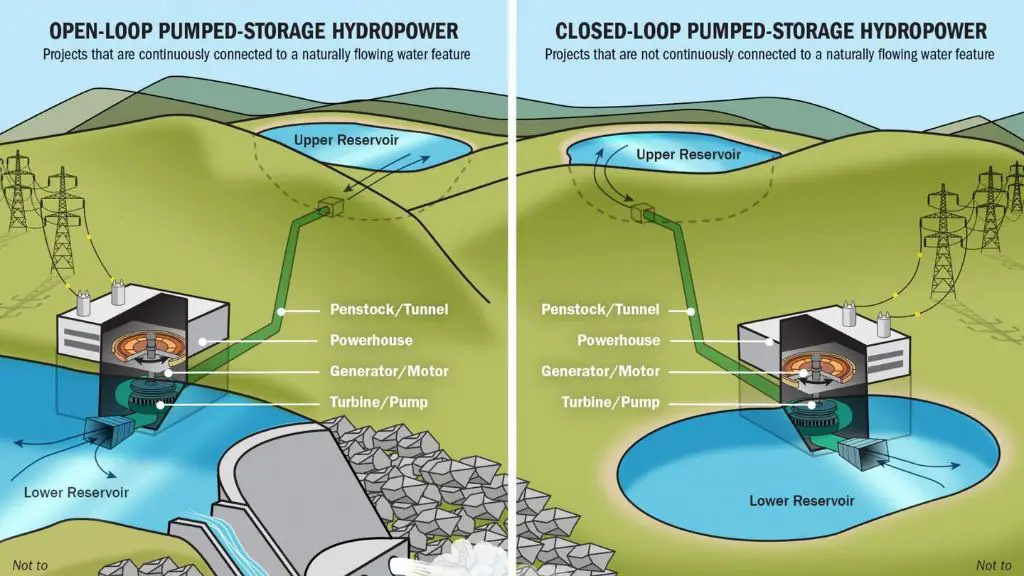
Other Uses of Hydro
While hydroelectricity is the most well known use of the hydro prefix, it’s far from the only one. Hydro is attached to many other words and terms across science, engineering and even agriculture.
One of the most common uses outside of hydroelectricity is in the term hydroponics. Hydroponics refers to the process of growing plants without soil, using mineral nutrient solutions in a water solvent. The hydro prefix refers to the central role water plays in hydroponics.
The hydro prefix is also seen in other scientific terms like hydrophobic and hydrophilic. Hydrophobic substances repel water, while hydrophilic substances attract and absorb water.
In engineering, hydrodynamics studies the motion of fluids and the forces acting on solid bodies immersed in fluids. Hydraulics focuses on the mechanical properties of water and its use in engineering.
Across many fields, the hydro prefix remains a convenient shorthand referring to water and aqueous solutions. While most familiar in hydroelectricity, it has a wide range of uses and applications.
Early Hydroelectric Plants
Hydroelectric power generation dates back to the late 19th century. Some early examples of hydroelectric plants include:
- The Vulcan Street Plant – This was the first hydroelectric power plant in the United States. It began operation in Appleton, Wisconsin in 1882 and produced enough electricity to power two paper mills and one home.
- The Adams Power Plant – Built in 1889 in Niagara Falls, this was the first large-scale hydroelectric plant. It used hydraulics designed by Nikola Tesla and generated electricity at 25 Hz.
- The Edward Dean Adams Power Plant – This plant opened in 1895 on the Niagara River and was the first large hydroelectric plant to generate and transmit power at 3,000 volts.
- The Folsom Powerhouse – Completed in 1895 near Sacramento, this was the first hydroelectric plant in California. It delivered electricity 22 miles away to the city of Sacramento.
These early hydroelectric plants pioneered the technology and provided a foundation for the growth of hydroelectricity over the next century.
Modern Hydroelectricity
Hydroelectricity plays a vital role in the modern world as a renewable and sustainable source of electricity. According to the International Energy Agency, hydroelectricity accounts for around 16% of global electricity generation, making it the most widely used renewable energy source.
Many countries rely heavily on hydroelectric power to meet their energy needs. For example, countries like Norway, Canada and Brazil produce over 50% of their electricity from hydroelectric dams and plants. In the United States, hydroelectricity accounts for about 7% of total electricity generation.
Modern hydroelectric facilities harness the power of flowing water by using dams and turbines. The gravitational force of falling or flowing water spins the turbines, which then generate electricity. Hydroelectric plants range greatly in size and capacity, from large-scale mega-dams to small run-of-river systems.
Advances in turbine and generator efficiency have allowed modern hydroelectric facilities to produce more power using less water. Pumped storage hydro plants act as “batteries” by using excess electricity to pump water uphill into reservoirs, then releasing it to generate electricity on demand.
Overall, hydroelectricity remains an important renewable energy source globally. It offers the benefits of low operating costs and emissions compared to fossil fuels. However, large hydro projects can also impact the local environment. Going forward, new small-scale hydro projects, upgrades to existing facilities, and integration with other renewables will shape the role of hydroelectricity worldwide.
Advantages of Hydroelectricity
Hydroelectric power has several advantages that make it an attractive energy source:
Clean and renewable: Hydroelectricity produces no air pollution or carbon emissions. The fuel source, flowing water, is constantly replenished through the natural water cycle. This makes hydroelectric power very sustainable and renewable.
Reliable: The flow of water in rivers and dams can be controlled and adjusted to meet energy demands. This makes hydroelectricity a very reliable source compared to solar or wind power which depend on weather conditions.
Efficient: Modern hydroelectric plants can convert as much as 90% of the available energy into electricity. This is much more efficient than fossil fuel plants.
Long lifespan: Hydroelectric power plants typically have long lifespans of 50-100 years. With regular maintenance, they can provide power for many decades.
Flexibility: Hydroelectricity can easily respond to peaks and dips in electricity demand by increasing or decreasing output as required.
Energy storage: Water held behind dams can act as a battery, storing energy for release when needed to meet electricity demands.
Low operating costs: Once a hydroelectric plant is constructed, there are relatively low costs for operation and maintenance.
Disadvantages of Hydroelectricity
While hydroelectric power has many benefits, it also comes with some significant downsides related to environmental impact. Three major disadvantages of hydroelectricity are habitat destruction, greenhouse gas emissions, and geological effects.
The reservoirs created by damming rivers can cover large areas of land that serve as important habitat for plants and animals. Building a hydroelectric dam floods terrain upstream, submerging forests, fields, and wildlife habitats. This destroys natural ecosystems and can threaten the survival of indigenous species in the area.
Contrary to popular belief, hydroelectric dams are not completely “green” and do generate some greenhouse gas emissions. Organic matter flooded by the reservoir decays anaerobically, producing methane, a potent greenhouse gas. Estimates suggest hydroelectric reservoirs emit 35-70 million tonnes of methane annually.
The weight of reservoir water and pressure from flowing water can also trigger seismic events. Hydroelectric projects increase the frequency of low-magnitude earthquakes near reservoirs and dams. While these quakes rarely cause damage, they demonstrate the geological effects dams can have.
Future of Hydroelectricity
Hydroelectricity has strong growth potential moving forward due to rising energy demands, technology improvements, and the need for clean renewable energy. While many ideal sites have already been developed in some parts of the world, other regions remain largely untapped with massive hydro potential.
Africa, Asia, Latin America and parts of Europe still have abundant potential for new hydroelectric projects. As developing nations continue to industrialize and populations grow, hydro can provide clean reliable power to meet their needs. With smart grid technologies and pumped storage capabilities, hydro can even play a role in stabilizing intermittent renewables like solar and wind on the grid.
New innovations will also aid future growth. Advanced turbines, modular/small hydro, and emerging technologies like energy-neutral flood control dams and in-stream tidal power could open up even more hydro opportunities. With the right policies, investments, and technologies, hydroelectricity can grow sustainably for decades to come while limiting its environmental impacts.
Conclusion
In summary, the prefix “hydro” does indeed mean water. It comes from the Greek word “hydro” meaning water or liquid. This is seen in words like “hydrate” and “hydrology.” In the term “hydroelectricity,” hydro refers to the use of water to produce electrical power. At hydroelectric plants, the energy from moving water is captured and converted into electricity through turbines connected to generators. While hydroelectricity is not the only use of the hydro prefix, it is a major application that takes advantage of the potential energy in water. So in conclusion, hydro does mean water and is used in relation to water-powered electricity or hydroelectricity. This clean and renewable energy source has become an important part of energy grids thanks to its reliability and low cost.

